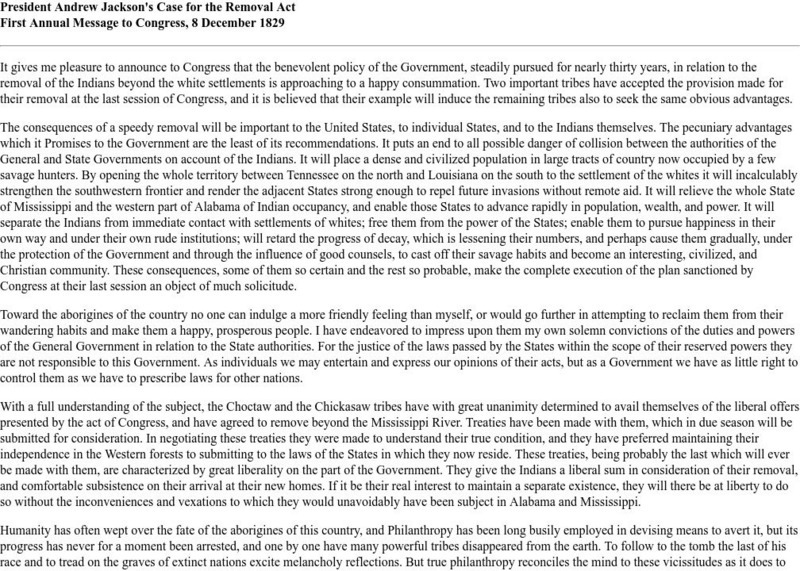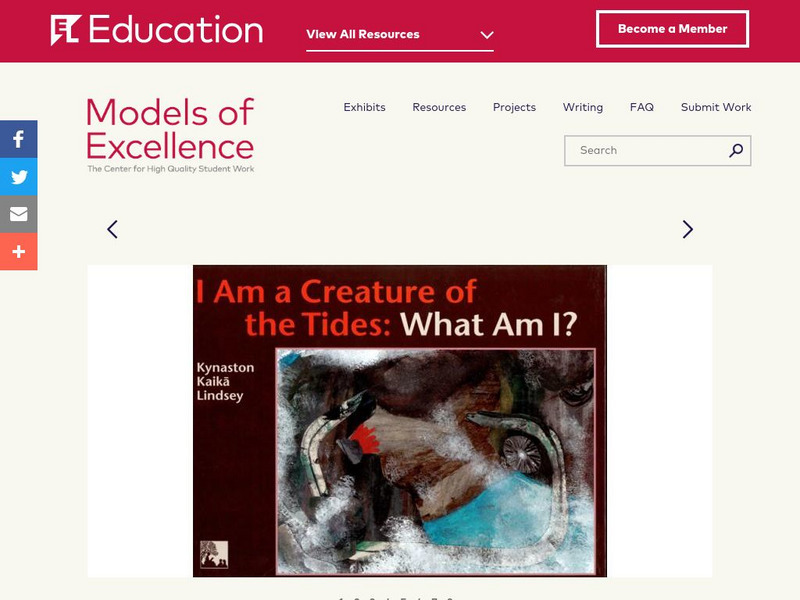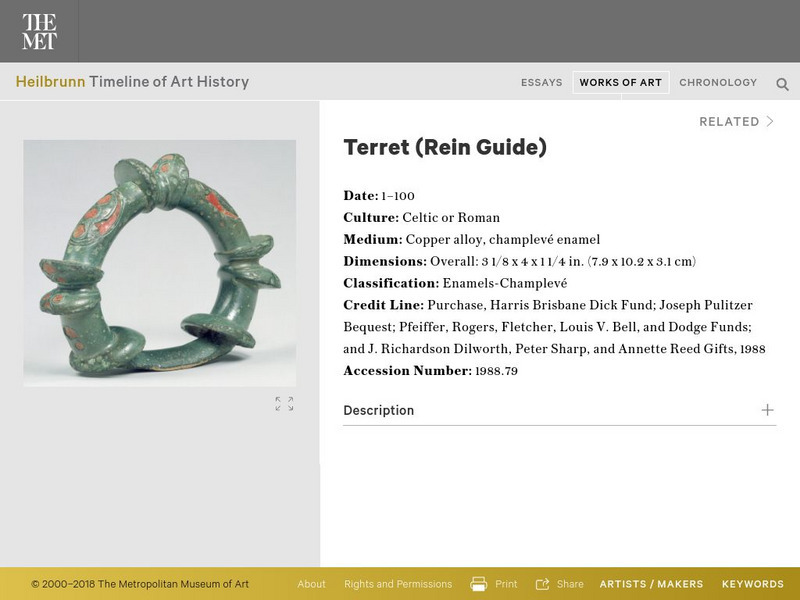Other
History Today: Native Americans and the Federal Government
Andrew Boxer traces the origins of a historical issue still as controversial and relevant today as in past centuries. At the start of the twentieth century there were approximately 250,000 Native Americans in the USA - just 0.3 per cent...
Annenberg Foundation
Annenberg Learner: America's History in the Making: Contested Territories
This site highlights the westward expansion of settlers in North America and the effects this expansion had on Native Americans between the Revolutionary and Civil Wars.
Curated OER
History Matters: John Collier Promises to Reform Indian Policy
Find the report by John Collier, Commissioner of Indian Affairs, to the Secretary of the Interior, describing how he was trying to right many of the wrongs in the federal government's dealings with Native Americans as a result of the...
National High Magnetic Field Laboratory
Magnet Academy: Svante Arrhenius
Svante Arrhenius was born in Vik, Sweden, and became the first native of that country to win the Nobel Prize. The award for chemistry was bestowed to him in honor of his theory of electrolytic dissociation. Arrhenius also developed the...
Mount Holyoke College
International Relations: Andrew Jackson's Case for the Removal of Indians
Here, read the text to President Jackson's "First Annual Message to Congress, 8 December 1830," in which Jackson argues for the removal of Native Americans.
Alabama Humanities Foundation
Encyclopedia of Alabama: Sports and Recreation: Jesse Owens
Illustrated biographical profile of Alabama native Jesse Owens.
PBS
Pbs: Lewis and Clark: Wishram Indians
A look at a little-known tribe, the Wishram Indians, encountered by the Corps of Discovery on their return trip up the Columbia River. Read about the importance of trade networks to the Indians. From PBS.
Alabama Humanities Foundation
Encyclopedia of Alabama: Sports and Recreation: Willie Mays
Illustrated biographical profile of Alabama native Willie Mays, baseball Hall of Famer.
Alabama Learning Exchange
Alex: Tad the Tadpole
Tad the Tadpole is designed to demonstrate how pollution in various areas affects wildlife in their native habitats. The lesson is designed to stress the importance of conservation for animals and their surrounding environment. Upon...
Other
Navajo Hopi Land Dispute
This essay is an extensive looks at the dispute between the Hopi and Navajo Nations over land in Arizona.
Other
All About Shoes: Paths Across the Plains: Traditional Footwear From Great Plains
Lesson plans for two different grade levels discussing the footwear of the Plains Indians and the information one can gather from common items to find out about a culture.
Other
U.s. Marshals Service: Incident at Wounded Knee
Read about the occupation of Wounded Knee in 1973 from the viewpoint of the U.S. Marshals Service.
EL Education
El Education: Creature of the Tides
This picture book was created by a high school junior from the Kanu o ka 'Aina New Public Charter School on The Big Island of Hawaii, a K - 12 Hawaiian-Immersion school. It was created for younger, elementary-aged students, as part of an...
Metropolitan Museum of Art
Metropolitan Museum of Art: Timeline of Art History: Terret (Rein Guide)
Captioned illustration of metal chariot ring produced in Britain at the time of the Roman invasion demonstrates the level of metalwork skill in the British isles at the time and the importance that native Britons placed on chariot warfare.
Library of Congress
Loc: Travels in America 1750 1920
A collection of narratives by Americans and foreigners telling of their travels in America. Information about the people, the landscapes and the times.
















